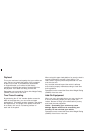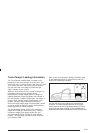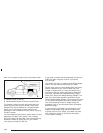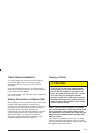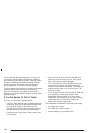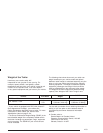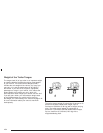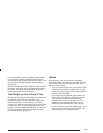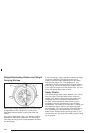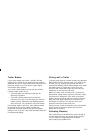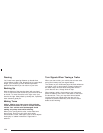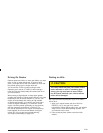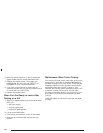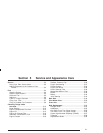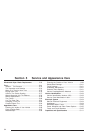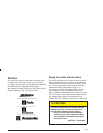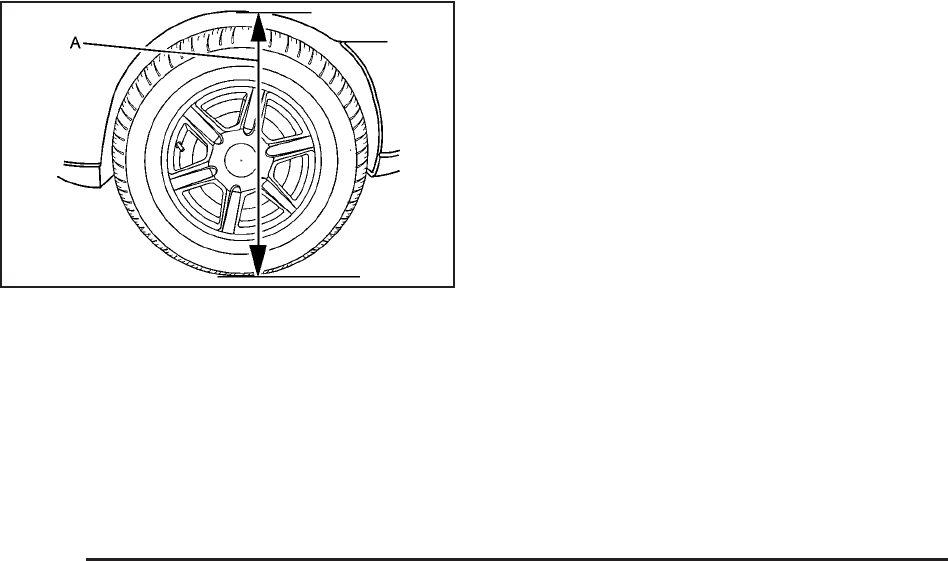
Weight-Distributing Hitches and Weight
Carrying Hitches
When using a weight-distributing hitch, the hitch must
be adjusted so that the distance (A) remains the
same both before and after coupling the trailer tow
vehicle.
If you use a step-bumper hitch, your bumper could be
damaged by sharp turns. Make sure you have ample
room when turning to avoid contact between the trailer
and the bumper.
If you’ll be pulling a trailer, that when loaded, will weigh
more than 5,000 lbs (2 270 kg) be sure to use a
properly mounted weight-distributing hitch and sway
control of the proper size. This equipment is very
important for proper vehicle loading and good handling
when driving. You should always use a sway control
if your traile will weigh more than these limits. You can
ask a hitch dealer about sway controls.
Safety Chains
You should always attach chains between your vehicle
and your trailer. Cross the safety chains under the
tongue of the trailer to help prevent the tongue from
contacting the road if it becomes separated from
the hitch. Instructions about safety chains may be
provided by the hitch manufacturer or by the trailer
manufacturer. For trailers up to 3,500 lbs. (1 589 kg) you
may attach the safety chains to the attaching points
on the bumper. For heavier trailers, follow the trailer or
hitch manufacturer’s recommendation for attaching
safety chains. Always leave just enough slack so you
can turn with your rig. Never allow safety chains to drag
on the ground.
4-56



